In January this year, a newly discovered Study of a Horse with a Rider by Peter Paul Rubens sold for more than $5 million – far above its $1 million–$1.5 million estimate – in the Master Paintings & Sculpture Evening Sale at Sotheby’s New York. In June 2015, the same oil study, set in a larger background and within a landscape, had sold as a work by a follower of Anthony van Dyck for only $14,000. What happened in those 18 months to turn a landscape with horse and rider by a minor artist into a rare study by Rubens, with a corresponding price increase of more than 1,000 per cent?
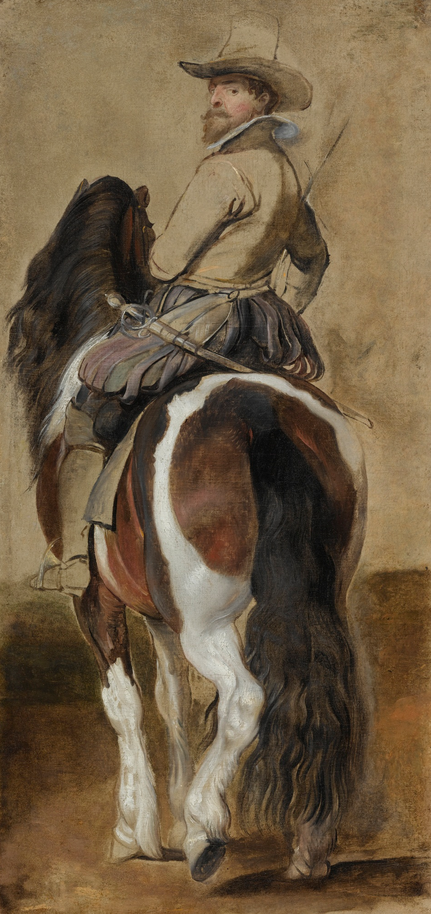
Study of a Horse with a Rider (early 1610s), Peter Paul Rubens. Sotheby’s New York, $5.1m
The short answer is, conservation and scientific investigation of the work. X-rays of it were taken, and after careful removal of later additions, Ben van Beneden, director of the Rubenshuis Museum, and Arnout Balis, director of the Rubenianum, confirmed the attribution to Rubens. While this may sound like a fairytale, it is to be hoped that it is in fact a sign of things to come. After all, Sotheby’s has had some bad luck with Old Master attributions in recent times; the auction house’s embroilment in the Frans Hals and Parmigianino forgery scandals has been widely reported.
In December 2016, Sotheby’s purchased Orion Analytical, an American research lab founded by James Martin, an expert in forensics and the scientific detection of forgeries. The objective is presumably to increase confidence among sellers and buyers and to better protect the firm against costly warranty claims. (When purchased at auction, an attributed work has a limited warranty against this attribution, and the buyer will receive a refund on the purchase prices if the work turns out to be a fake or wrongly attributed.) If Orion Analytical was involved in examining the aforementioned Rubens, the profit from this sale will probably already have made investment in the company worthwhile.
While Sotheby’s has brought this expertise in-house, Christie’s continues to work with a number of independent labs. Dirk Boll, president of Christie’s Europe, Middle East, Russia, and India, states that ‘We continue to believe that it is critical to our vetting process that we utilise a broad variety of the relevant external experts and consultants in their fields, which do vary according to the genre, discipline and materials used in the works of art.’
Through technological advancements, the scientific investigation of antique and modern artworks is becoming increasingly common. A significant number of small commercial research labs across the world conduct highly specialised analysis of, for example, paint pigments and dendrochronology, and make X-ray and related photographic investigations: the London and New York-based firm Art Analysis & Research focuses on the examination of paintings, for instance, while the Laboratoire d’Expertise du Bois et de Datation par Dendrochronologie in Besançon focuses on the analysis of wooden objects. Their examination methods are not new per se, however recent technological advances have allowed them to transport some equipment more easily and to work with smaller samples – thus reducing the cost of investigations, and making them more attractive to dealers and auction houses, and also to private collectors in search of assurances about the authenticity of their objects.
While the detection of Old Master forgeries is currently drawing a lot of attention, there are many other areas in which scientific analysis can help with attributions or the dating of works of art. William Iselin, an art adviser specialising in European furniture and works of art, points out its advantage of determining original elements in furniture from later modifications and additions: ‘Dendrochronological analysis is enormously helpful in the authentification process, as it allows us to correlate empirical and historical observations with hard data regarding the age of the wood and the way it was worked.’ The analysis of wood samples and tool marks, for example, has recently helped with identifying significant pieces, such as a late 16th-century Burgundian cabinet sold to the Louvre (a sale facilitated by Iselin and Omnia Art Ltd).
While scientific analysis seemingly promises objective truth, it is advisable to exercise caution in basing conclusions on it. For all of the visual impact of charts or photographic images (which often don’t tell the lay person very much at all), at times the resulting data remains inconclusive. ‘Often science will help determine what a picture is not, rather than what it is,’ comments Julian Radcliffe from the Art Loss Register. This becomes especially interesting with furniture, as Iselin points out, where the question is not usually whether an object is true or false, but how much of it is original and what this mean for its value.
Scientific data can be read and presented in many different ways. Collectors who might not have studied the work of an artist in great depth might appreciate these additional assurances when interested in purchasing an object, but scientific analysis should always be understood in context. In this regard, it is important to stress the need for independent research labs that can offer unbiased judgements. While Sotheby’s can now offer scientific analysis much more readily, the purchase of Orion Analytical will be seen in some quarters as compromising the independence of their analysis. The rare book dealer Jörn Günther emphasises that ‘It is always important to be able to seek the outside opinion of an uninterested party, to settle questions of authenticity and attribution when they arise.’
The beauty of original works of art is that each object is unique and bears numerous attributes that are specific to its creation and history. This is where connoisseurship, perhaps now undervalued, is needed today. Scientific results are only as useful as the expert who reads them, perhaps by comparing the work to other examples by that artist or maker. Furthermore, any individual or company’s relationship with a scientific research firm is based on trust, recommendation and experience. The knowledge of which lab to employ for what type of analysis is also not well known to all private collectors. Lastly, as with most research methods, attribution is best triangulated: in addition to scientific data and connoisseurial experience, art-historical scholarship is key – for example surrounding the provenance of any work.
It is encouraging, however, to see that scientific research is not only being applied to settle forgery disputes at the top of the art market. Take the case of the recent reattribution of a painting by Pieter Brueghel the Younger in the collection of the Holburne Museum in Bath. Here the museum’s director, Jennifer Scott, joined forces with a Brueghel scholar, Amy Orrock, and persuaded a patron to sponsor the scientific investigation of Wedding Dance in the Open Air. This painting was bought by Sir William Holburne in the 19th century as a Brueghel, but its attribution had been cast into doubt by a director of the museum in the early 20th century due to the dark varnish on the panel. Following a promising infrared reflectogram by TSR Imaging (specialists in this field), careful cleaning of the work has now revealed that the painting is indeed an original by the artist; the discovery of a delicate underdrawing has given a fascinating insight into the working methods of the artist.
In this case, reattribution effected partly through scientific analysis has enhanced the collection of a small museum. It is important to emphasise that the scientific research of artworks is not only a means to determine their economic value. It can contribute knowledge about artists and their working methods to a wide network of scholars, as has often been the case with discoveries made by institutional research labs and conservation departments such as the the Straus Center for Conservation and Technical Studies at Harvard Art Museums or the Getty Research Institute. There is a lot of new information out there. If it is shared openly and transparently, by commercial and non-commercial labs, scientific research will benefit both art historians and the art market.
From the March 2017 issue of Apollo. Preview and subscribe here.
Unlimited access from just $16 every 3 months
Subscribe to get unlimited and exclusive access to the top art stories, interviews and exhibition reviews.

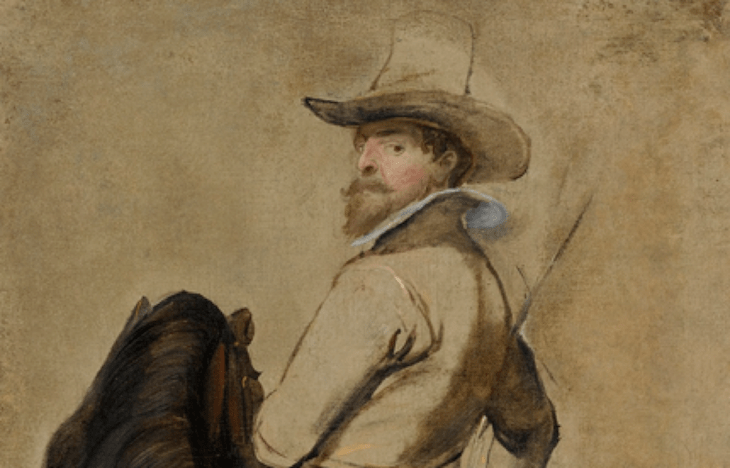
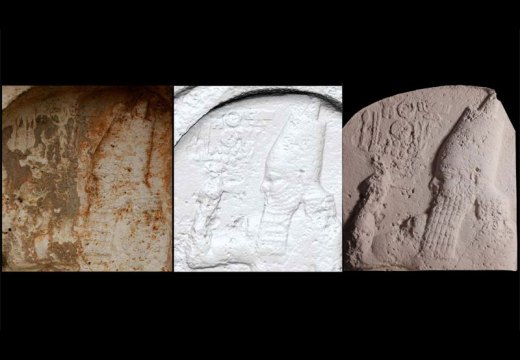
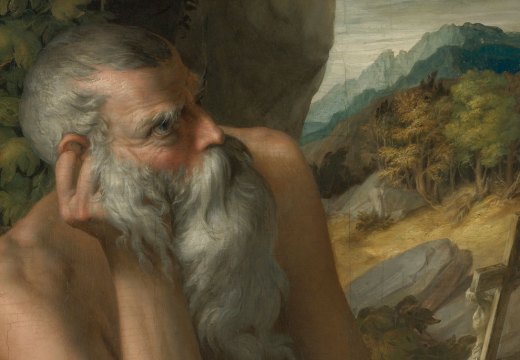
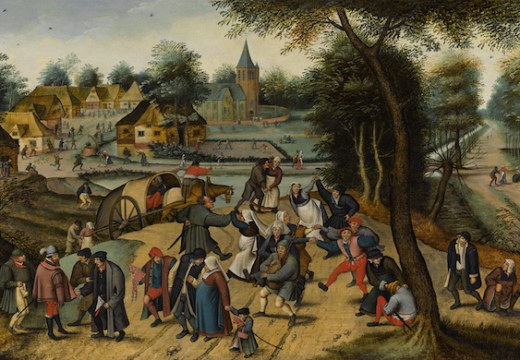









![Masterpiece [Re]discovery 2022. Photo: Ben Fisher Photography, courtesy of Masterpiece London](http://www.apollo-magazine.com/wp-content/uploads/2022/07/MPL2022_4263.jpg)
It’s time for the government of London to return to its rightful home